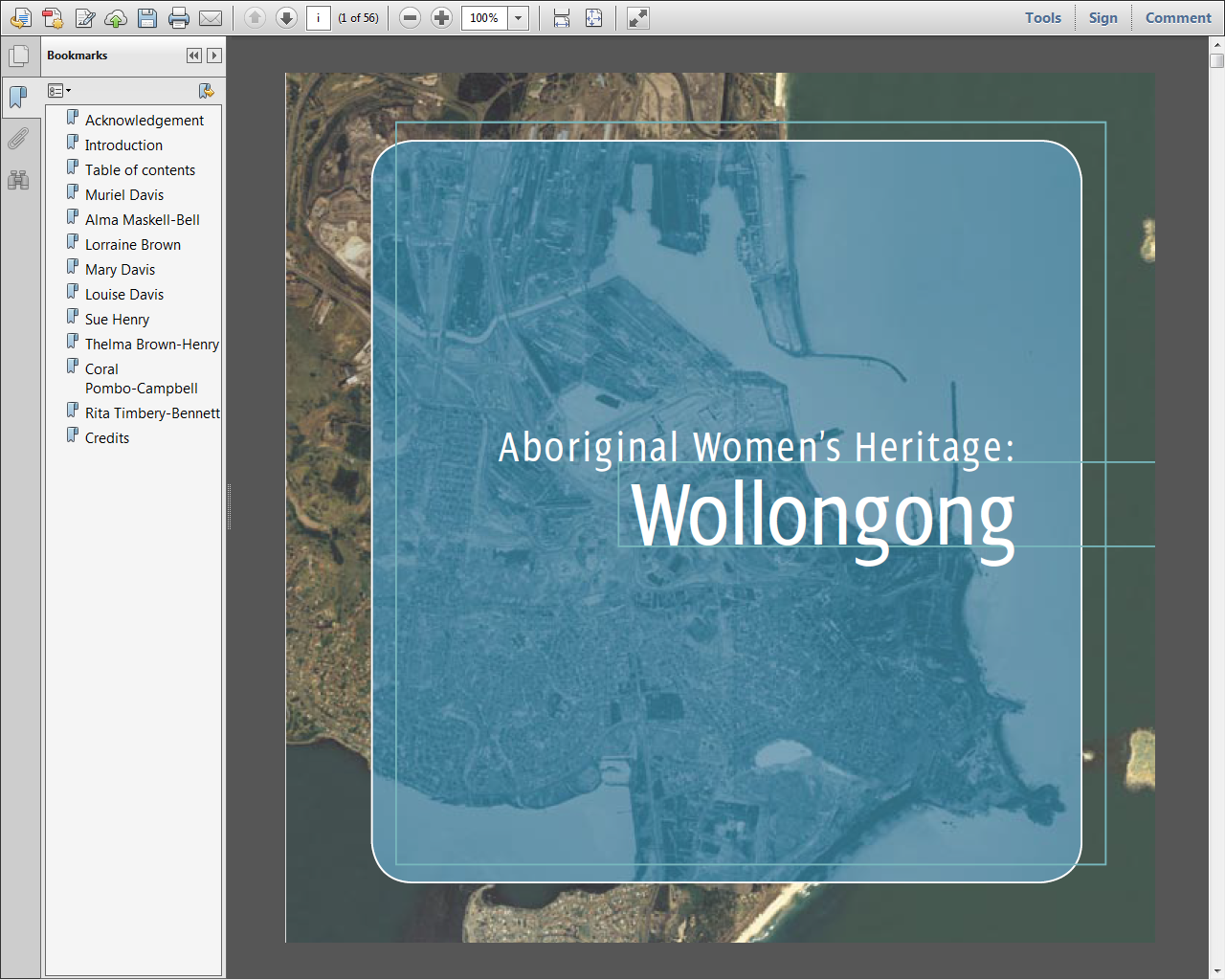Emma Dortins introduces her topic for the PHA NSW roundtable at the Australian Historical Association conference on 10 July (see http://www.ahaconference.com.au/?pgid=250 for the conference program)…I’m working in the Office of Environment and Heritage (OEH) in a small research section located in the Heritage Division. The section is made up of historians and archaeologists (known as Cultural Heritage Researchers) and we aim to act as a conduit to bring new knowledge about cultural heritage and new ways of doing things into the organisation, and to create and disseminate innovative models for identifying and conserving heritage in NSW.
My first project when I began in this role in 2010 ‒ my introduction to being a historian in the public service ‒ was to be midwife to the publication of a book called Aboriginal Heritage and Wellbeing. This book documents the results of a reflective, participatory evaluation of a series of oral history projects undertaken between 2003 and 2008, published as booklets in the Aboriginal Women’s Heritage Series.
Our researchers returned to a number of the contributing communities and sought participants’ views on their experience of recording and publishing their life stories. Evaluation isn’t often part of the story of oral histories, and indeed this project reflected a best-practice approach to government policies and programs, where monitoring, evaluation and review forms part of the cycle of making policy, implementing it and learning from the real-world results. This meeting of disciplines yielded some interesting results, not least of which was the documentation of the way in which the recording and publishing of oral histories had, in turn, become part of the contributors’ life stories.
I’m going to talk about some of the things I learned from this project, and the work of other historians at OEH, in the PHA panel ‘The role of history and historians in government’ at the upcoming AHA conference in Wollongong. Hope you can join us!

Thanks Emma for raising this very important issue of evaluation. It’s something Australia doesn’t usually do very well. We need to better understand how to learn from mistakes and how to turn good experiments into lasting programs.